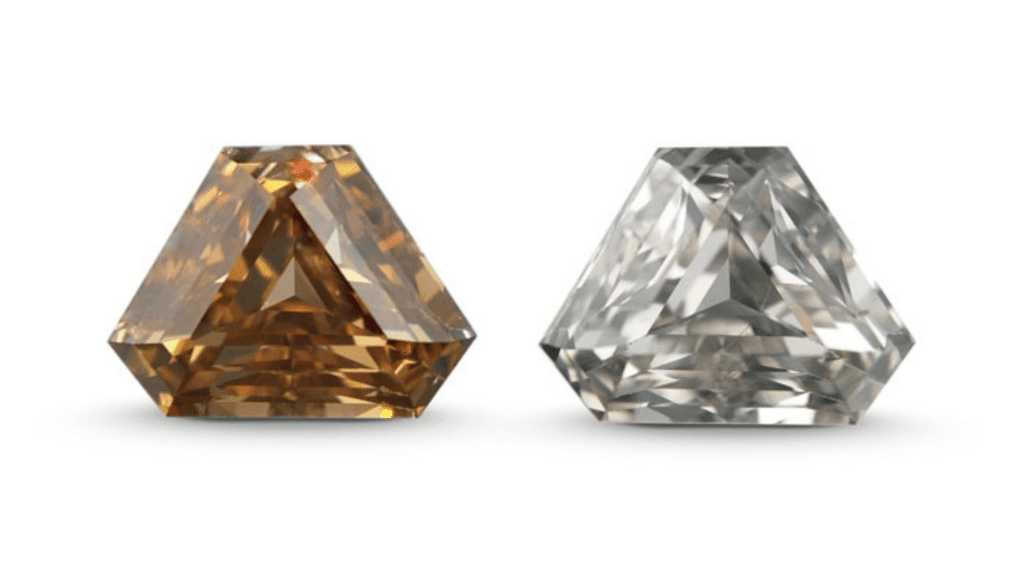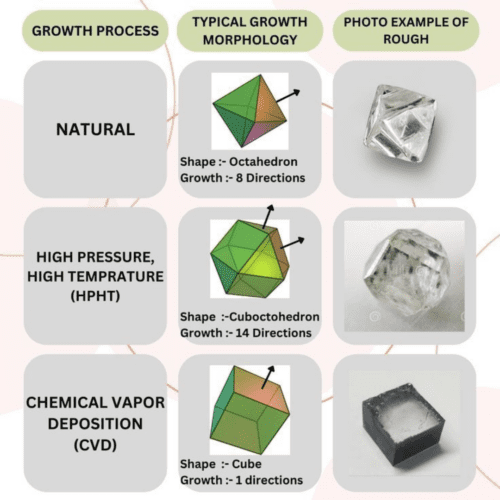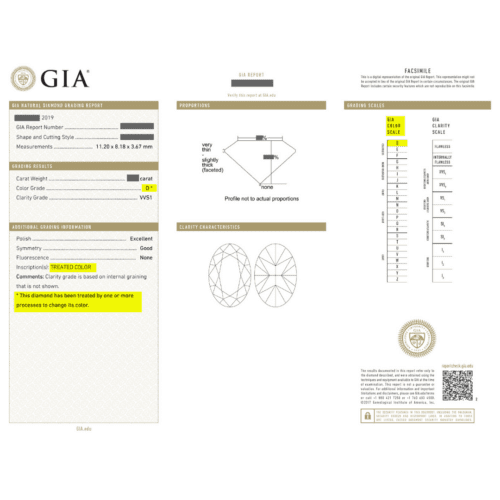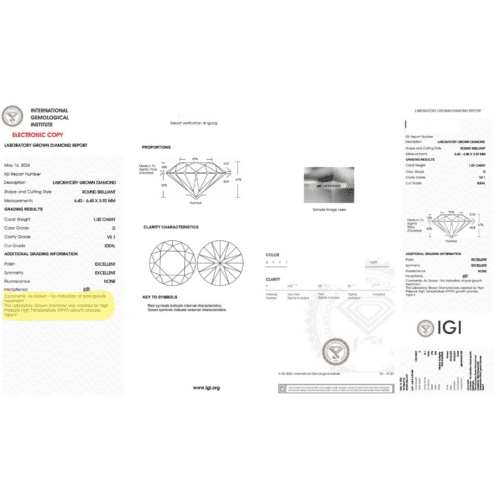Diamond Drop Earrings
If you want to elevate your style for a special occasion or seek versatile pieces that transition seamlessly from day to night, diamond drop earrings make an extraordinary addition to…
Lab-grown diamonds are a fascinating blend of science and art, created in controlled environments that mimic the natural diamond formation process. However, not all lab-grown diamonds are created equal, and some require a little extra care after they’ve been formed. This is where lab-grown diamond treatments come into play.
When lab-grown diamonds are first created, they may have certain characteristics that need improvement, such as undesirable color tones or internal inclusions (tiny imperfections). These diamonds undergo what’s called post-growth treatments to enhance their appearance and overall quality. Think of it like giving the diamond a makeover to bring out its best features.
One of the most common treatments is HPHT, or High Pressure High Temperature. This process can improve a diamond’s color by eliminating or reducing any brownish or yellowish tints that may have developed during its growth. However, there’s a trade-off. While HPHT can enhance color, it can also leave the diamond looking slightly hazy or milky. So, the more treatment a diamond undergoes, the more its clarity might be affected.

Image Source: GIA
Expert Guidance: At Whiteflash, Blue Nile, and James Allen, their expert teams are ready to guide you in finding the perfect combination of the 4Cs to match your style and budget. Let their expertise help you make the best choice!
LPHT (Low Pressure High Temperature)
Irradiation
Annealing
Laser Drilling
Fracture Filling
Surface Coating
Lab-grown diamonds, especially those produced using the Chemical Vapor Deposition (CVD) method, often need these treatments. CVD diamonds are grown quickly, which can sometimes result in a brown undertone or internal graining—tiny, thread-like structures within the diamond. These characteristics aren’t harmful, but they do impact the diamond’s visual appeal. Post-growth treatments like High-Pressure High Temperature (HPHT) help correct these issues, making the diamond more visually appealing.
Interestingly, not all lab-grown diamonds require these treatments. Some diamonds are grown with such precision that they come out of the lab looking stunning without any additional help. These are referred to as “As Grown” diamonds, and they are highly sought after for their natural brilliance and clarity.

Image Source: Pinterest
This decision ultimately comes down to personal preference. Treated diamonds can offer improved color at a lower cost, but they may not sparkle as brightly as their untreated counterparts. On the other hand, untreated diamonds, while potentially more expensive, often display a more natural and intense brilliance.
If you’re in the market for a lab-grown diamond, it’s worth considering your options carefully. Some people prefer the peace of mind that comes with knowing their diamond hasn’t undergone any post-growth treatments, while others are happy to enjoy the benefits of a treated diamond that still looks beautiful to the naked eye.

Image Source: Loose Grown Diamond
When shopping for a lab-grown diamond, always check the diamond’s certification. Reputable certifications from organizations like the Gemological Institute of America (GIA) or International Gemological Institute (IGI) will note if a diamond has undergone post-growth treatments. Look for the term “As Grown” on the certificate if you prefer an untreated diamond.
Explore Our Lab-Grown Diamond Collection: Discover a wide selection of lab-grown diamonds through our jewelry search, featuring ethically sourced options that meet the highest standards of quality and brilliance. Start Your Search Now.
GIA Diamond Certificate detailing treated Lab-Grown Diamonds by more than one process
IGI Diamond Certificate detailing ”As Grown” Lab Diamond


Image Source: imall
Image Source: James Allen
While post-growth treatments can enhance the beauty of lab-grown diamonds, they also come with certain trade-offs. Whether you choose a treated or untreated diamond, understanding these treatments can help you make a more informed decision, ensuring that your chosen diamond will be one you cherish for a lifetime.

Retail Diamond Prices Chart Updated Monthly.

If you want to elevate your style for a special occasion or seek versatile pieces that transition seamlessly from day to night, diamond drop earrings make an extraordinary addition to…
We are fascinated by diamonds and love to learn about their history and origin stories. Diamonds are mined and emerge from the earth in a rough state that might not…
At PriceScope, we are dedicated to keeping you informed with timely updates on the diamond market. Our expert insights explore the economic and social factors influencing consumer behavior and the…

Want to stay updated on the most recent blogs, forum posts, and educational articles? Sign up for Bling News, PriceScope’s weekly newsletter.